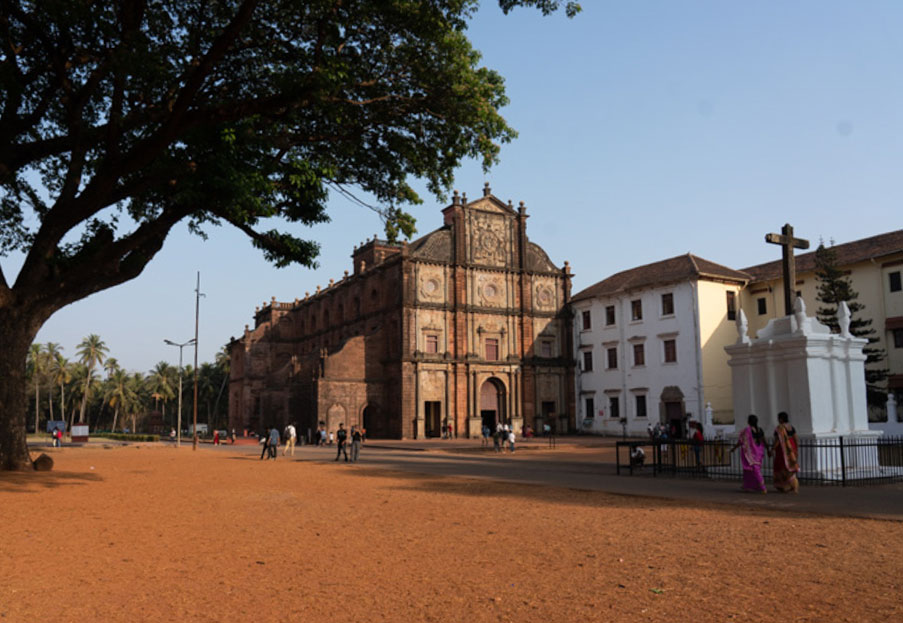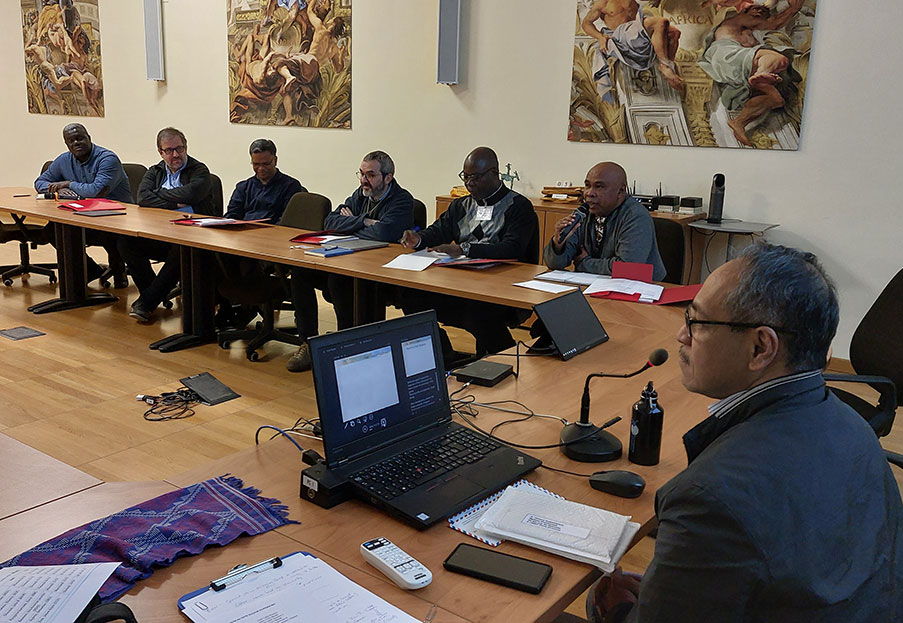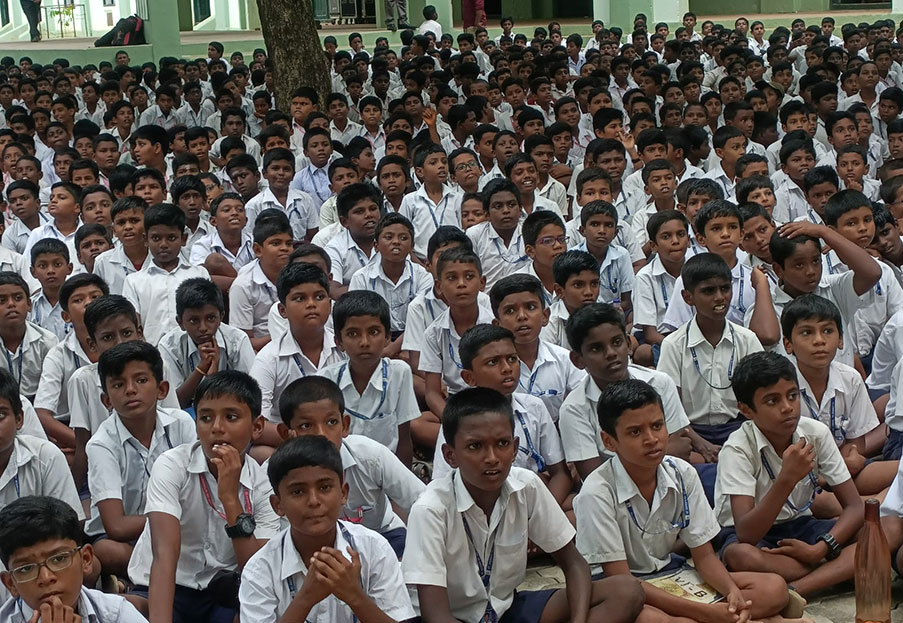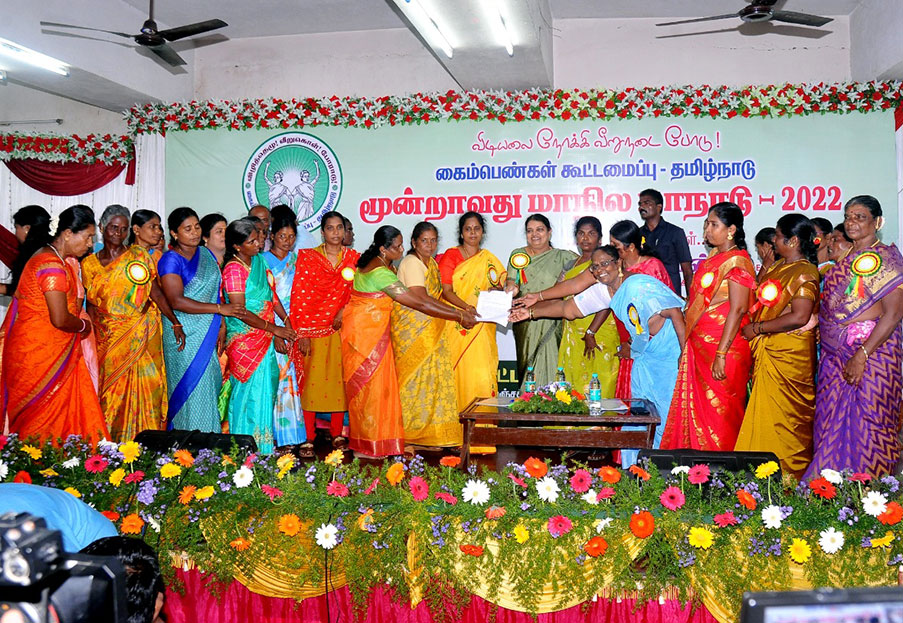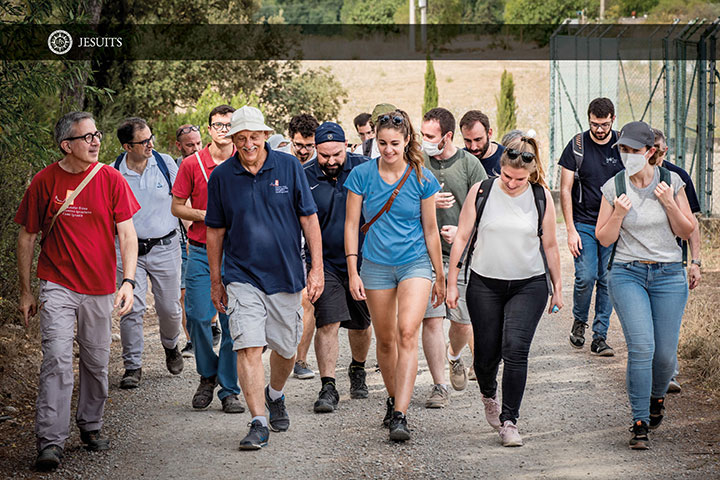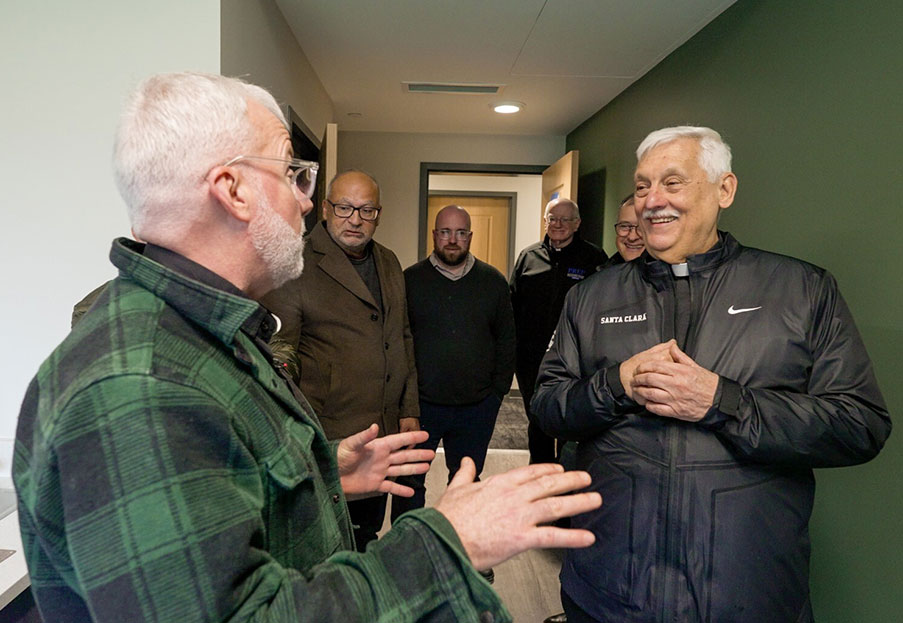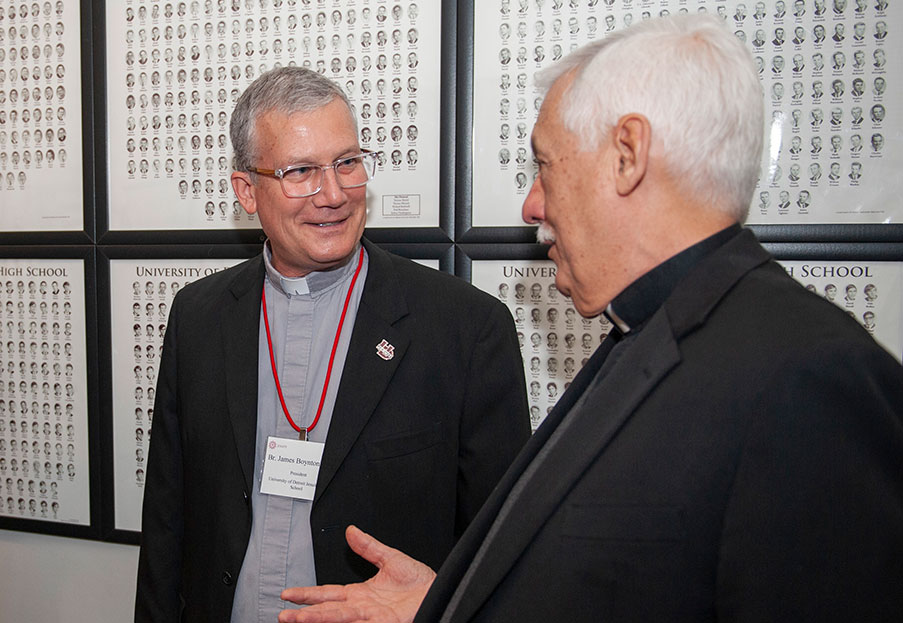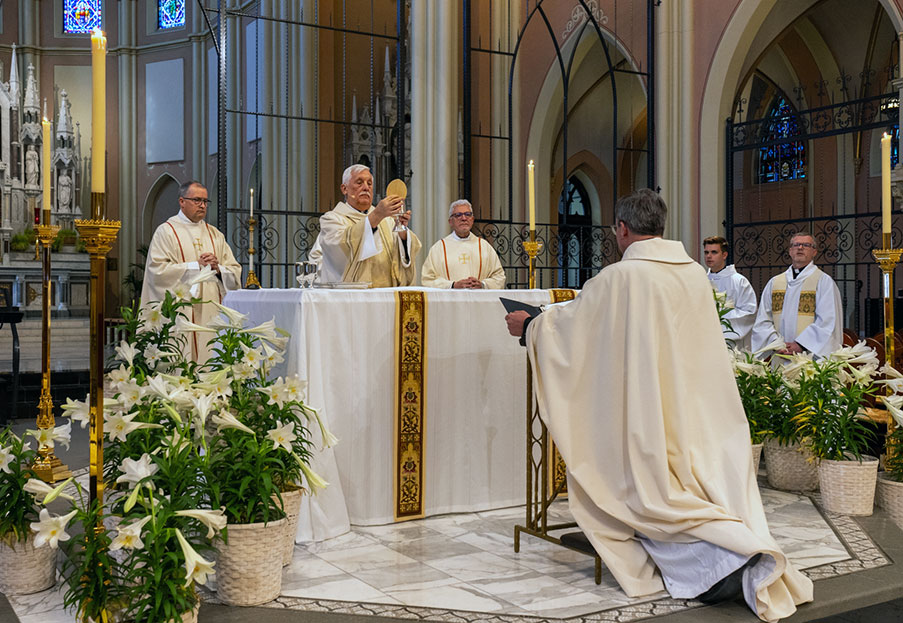The Province of Madurai: quite a saga!
With the Major Superiors of the Conference of South Asia meeting in Kerala, it's a good opportunity to learn about the neighbouring Province of Madurai, at the southern tip of India. Here is a primer on the province, with a historical flavour.
By Joseph Antony Samy, SJ
The Madurai Province is one of the oldest Jesuit Provinces in India, and as such it has a glorious past and eventful history. The Jesuit presence in Tamil Nadu began with the arrival of St Francis Xavier in Goa on 6 May 1542. In October of that year he would start his missionary work in Tamil Nadu.
In 1598, the Jesuits of Goa requested permission from Fr General to start the Malabar mission, which in 1605 would become a full-fledged Province with Fr Albert Laerzio as the first Provincial. In 1606 the Provincial sent Fr Roberto de Nobili to Madura and put him in charge of animating the mission. Fr de Nobili started with a disadvantage among the people of the region, for his predecessor of 11 years - a Portuguese Jesuit whose lifestyle, primarily his want to eat meat, made him unattractive to the people - had not had even a single conversion to Christianity. To open the door of Hinduism to Christ, de Nobili became a Sannyasi, a spiritual teacher, and, to some extent, he was successful in his mission.
From 1624, due to the efforts of de Nobili, Christians grew in number. In 1688 there were around75,000 Christians in Madurai and the neighbouring kingdoms. The old Madura Mission was served by a number of prominent missionaries, namely Francis Xavier, Beschi, a scholar in Tamil language, de Nobili, John de Britto and Antoni Criminali, the first Jesuit martyr of India. They sowed the seed of Christianity that took root deep into Tamil Nadu.
When the Society in Portugal was suppressed in
1759, the impact was felt in Goa, Madura, and other missions that were part of the
Portuguese territories that contained more than 250,000 Christians. In 1773, when
the Society of Jesus was suppressed worldwide, ex-Jesuits in the Madura,
Carnatic and Mysore missions were offered the opportunity to remain as priests
or to join with the French Foreign Missionaries by the local Ordinaries. With
the supply of missionaries from Portugal severed after the suppression, the Holy
Father appealed to other religious orders from Goa, and later to the Carmelites,
to take the ministries left vacant and adopt the orphaned Churches. All declined
the offer, forcing the Pope to entrust the Christians of the Madura mission,
who were without a shepherd, to the Apostolic Vicar of Pondicherry and the
French Foreign Missionaries. The move was opposed by the Portuguese in Goa and
Santhome, and the conflict would continue until 23 December 1836
when a new Pope entrusted the Madura Mission to the restored Society of Jesus.
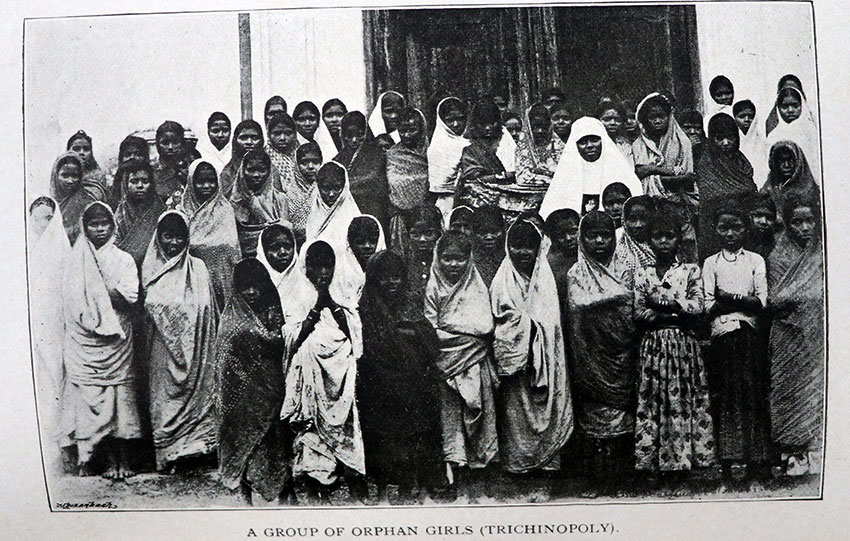
In 1838, four French Jesuit missionaries of the restored Society of Jesus reached the Madura mission. One of them, Fr Bertrand, was appointed as Apostolic Vicar. Life was difficult for the missionaries who suffered physically from the hot weather, emotionally from the absence of local support, and developmentally from the lack of financial resources. For their part, after a gap of 65 years without pastors, the Christians of the Madura mission were no longer versed in the catechism and had gone decades without the sacraments. Thus, the missionaries who landed in Madura faced a very unchristian environment.
In 1847, Fr Alexis Canoz, Fr Bertrand’s successor as Apostolic Vicar of the Madura Mission, saw the establishment of women religious congregations as a great help because they allowed the empowerment of women through education. Additionally, many orphanages were opened, which saved the lives of countless children. All of this activity would help the mission to once again take root.
Starting with St Joseph’s College in 1844, a large number of schools were founded at a rapid pace. By 1923 the mission included 456 elementary schools, 14 secondary schools and 3 technical schools, including 74 that were established exclusively for girls. These Institutions also served as a milieu of vocation promotion.
In 1928 the Madura mission, which had been part of the Toulouse Province since 1852, became a Vice-Province. It was the French Jesuits who nourished Madura to this point, insuring the spiritual and economic development of the Madurai Province through their faith, hard work and meticulous people-oriented planning. In 1952, on the occasion of the centenary year of the Toulouse Province, the Madurai Vice-Province was raised to the status of an independent Province.
We, the Jesuits of Madurai, are grateful to the Toulouse Jesuits for their selfless service to our Province. Eventually, Madurai Province would give birth to three additional Provinces. In 1956, the dependent Malabar Region was created, which became the Kerala Vice-Province in 1960 and Province in 1983. The separate Andra Region was created in 1972; it became an independent Region in 1983 and subsequently a Province in 1988. Finally, the Chennai Province was created in 2019.
At present the Madurai Province is involved in a
large variety of ministries: higher education, secondary education, primary education,
technical education, pastoral work, social action, retreats, communications, farm
cultivation and refugee service. If the Mission and then Province met apostolic
and even political related challenges along the way, the opportunities fuelled
a high level of commitments including for the formation of diocesan Indian
clergy and the promotion of religions congregations of women who were key
actors to promote the empowerment of women and the dignity of human life.
